Black holes have always fascinated scientists. The question "What lies beyond the event horizon?" has sparked countless theories. Some suggest black holes contain other universes, while others believe they harbor singularities. Recently, NASA offered a more personal glimpse into what it would be like to fall into a black hole.
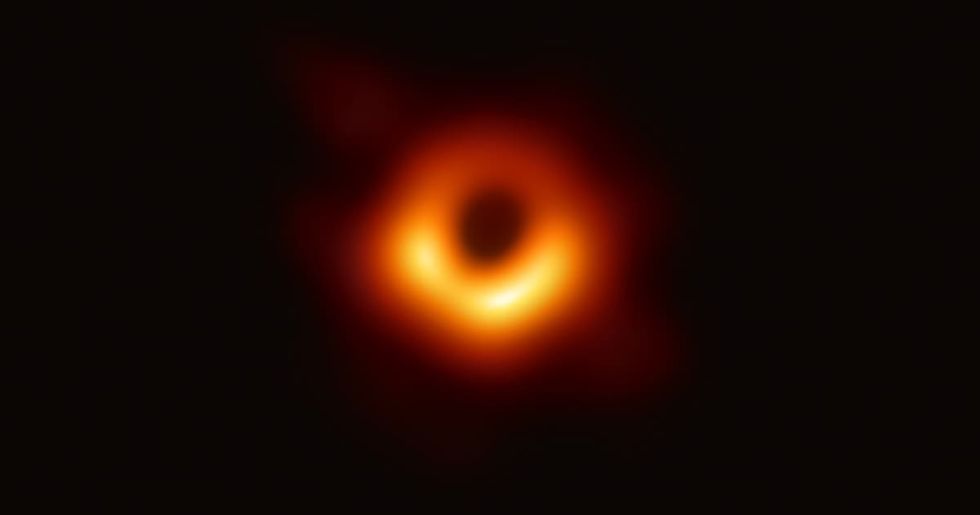
NASA has uploaded a YouTube video that simulates a journey inside a black hole, offering a first-person perspective of this mind-bending experience. This immersive simulation was created using Discover, a powerful supercomputer started in 2006 with 3.3 teraflops of processing power. Discover remains a crucial tool for NASA. According to BBC, creating the simulation took five days on Discover, a task that would have taken 10 years on a regular laptop.
The video opens with a camera approaching a black hole, much like the one at the center of our galaxy, encircled by a swirling accretion disk of hot gas. It vividly illustrates how space and stars distort inside the black hole.
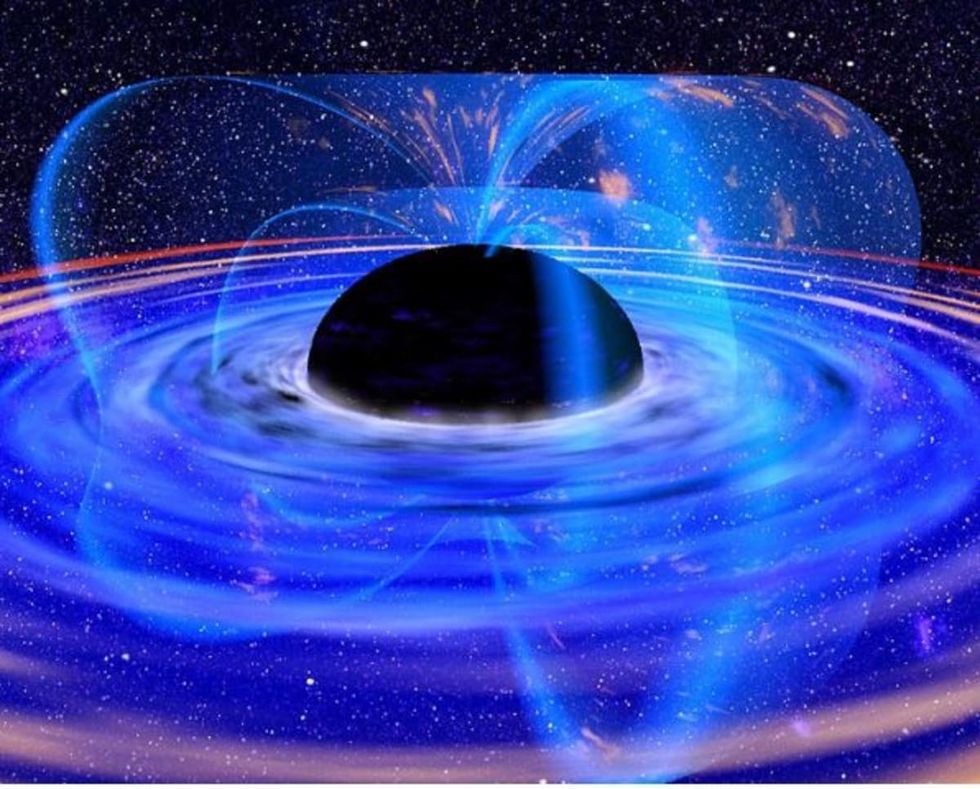
The clip is sped up to show what would be happening at a faster pace. The destination of the simulation is a virtual supermassive black hole with a mass 4.3 million times that of Earth's sun, a size equivalent to the monster Sagittarius A* located at the center of our Milky Way galaxy.
Black holes are huge concentrations of matter packed into very tiny spaces. What makes this cosmic object powerful is the presence of gravity, which is so strong that nothing, including light and other electromagnetic waves, can escape it. Time inside a black hole passes differently than on Earth due to time dilation. For instance, a year near a black hole could be 80 years on Earth.
NASA has tried to provide a more immersive experience through 360-degree rendered videos where we see two visualizations getting divided into one-minute trips which allow viewers to look around during the trip, and extended versions with explanations to guide viewers on what they're witnessing.
The simulation video uploaded by NASA amazed the online community. Since its release, the video has raked in over 400,000 views and has had over 3,000 likes. While some people have expressed their astonishment towards the beautiful video, others have pointed out their fear of the unknown deep end. "Oh, I hate this...Black Holes are such a fascinating part of space, and I find them insanely cool, but man do they unlock a deep fear within me," commented @himeoftwili. Comparing it to meditation, @babayaga1603 commented, "It's like a deep state of meditation where you will find nobody."


Jeremy Schnittman, an astrophysicist at NASA’s Goddard Space Flight Center in Greenbelt, Maryland who also produced the visualizations, gave more insight on the concept of time in a black hole. He said, "This situation can be even more extreme. If the black hole were rapidly rotating, like the one shown in the 2014 movie 'Interstellar,' (the astronaut) would return many years younger than her shipmates," per USA TODAY.





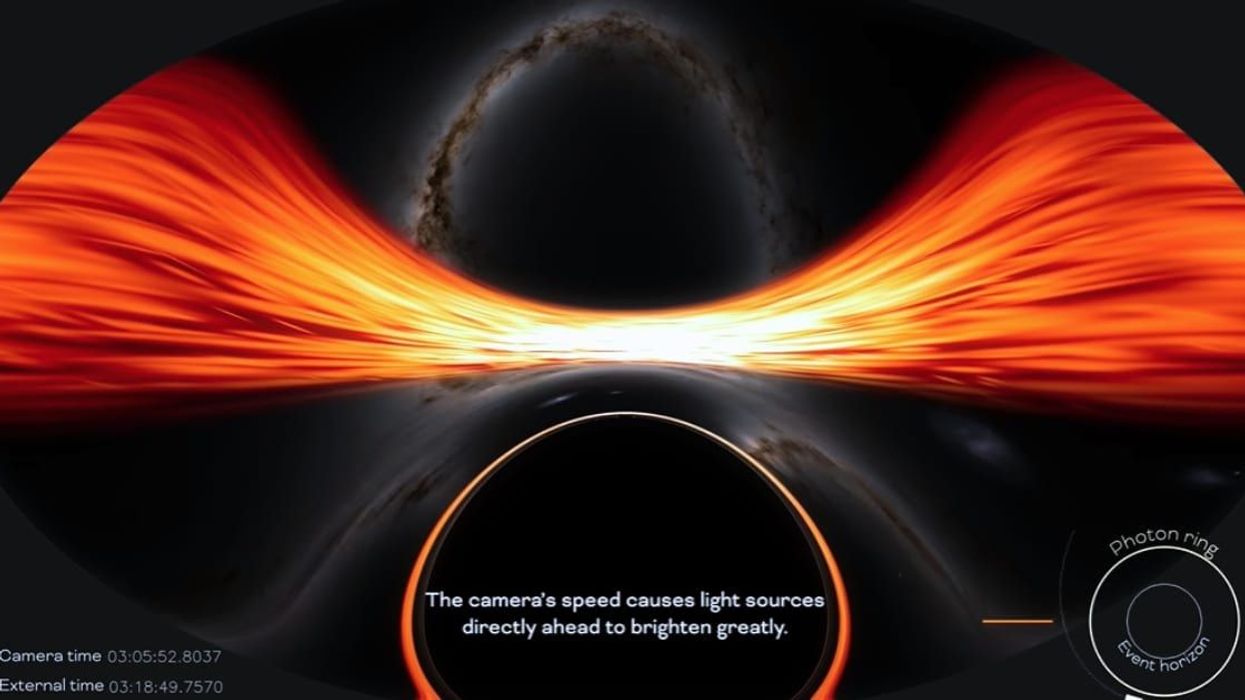










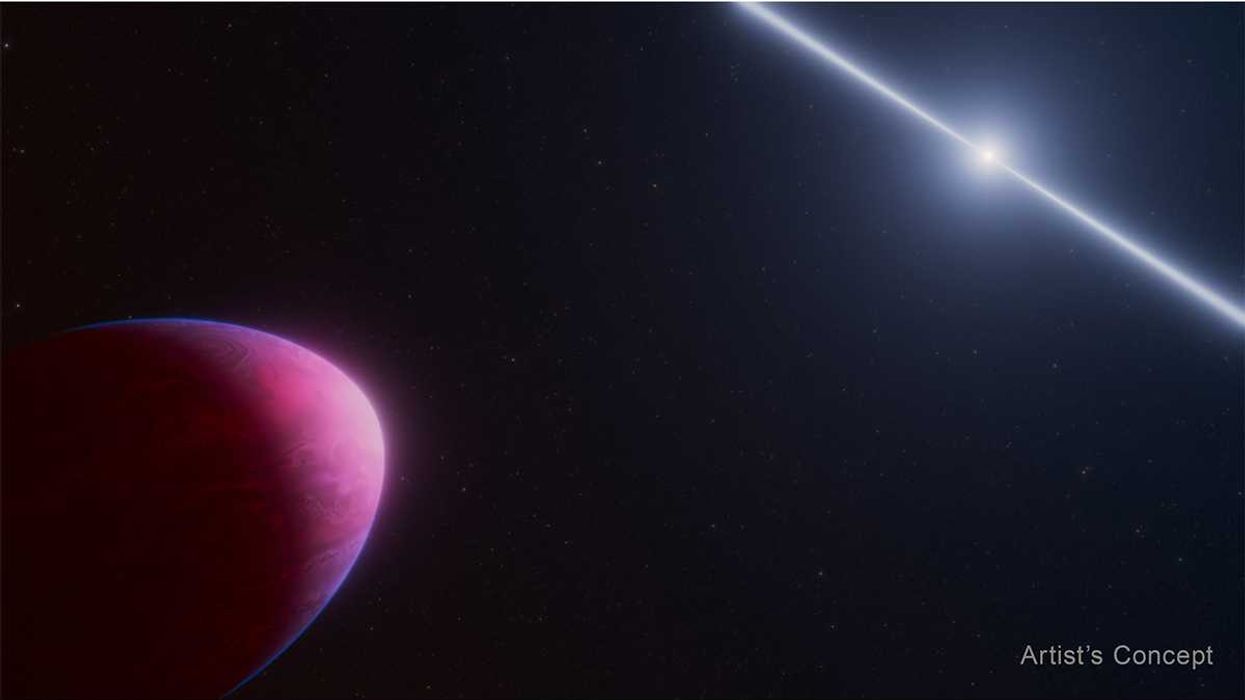
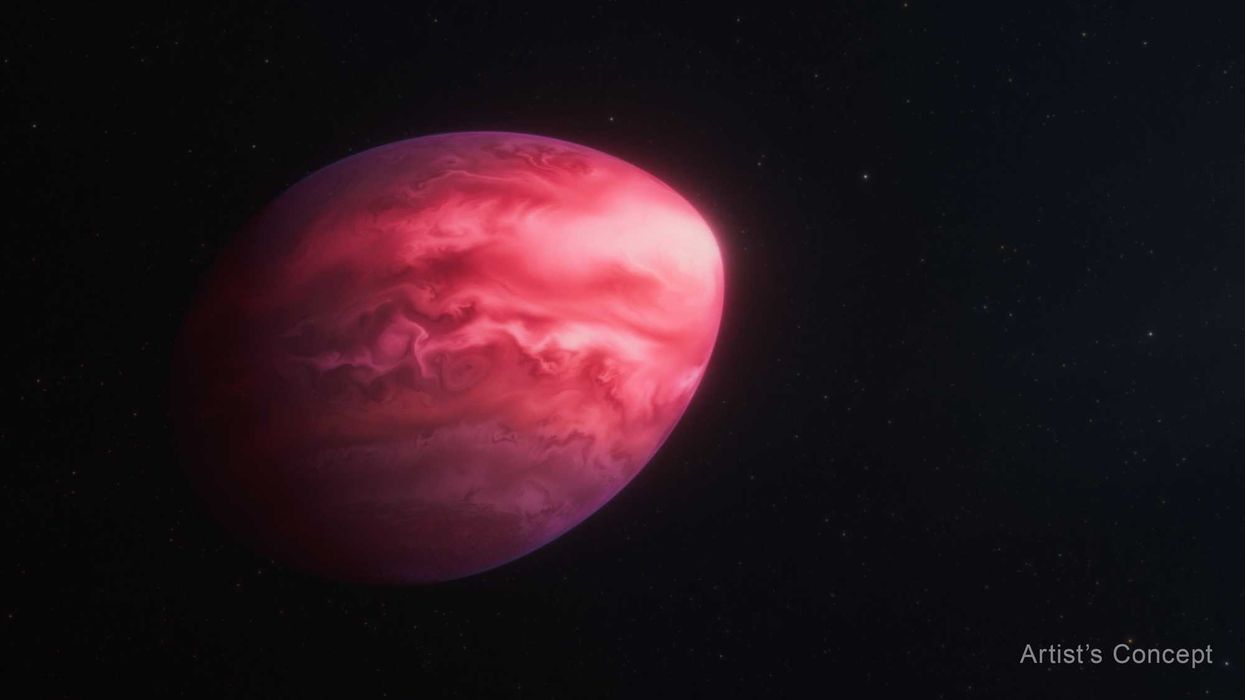 A lemon shaped planet the size of Jupiter.Credit:
A lemon shaped planet the size of Jupiter.Credit: 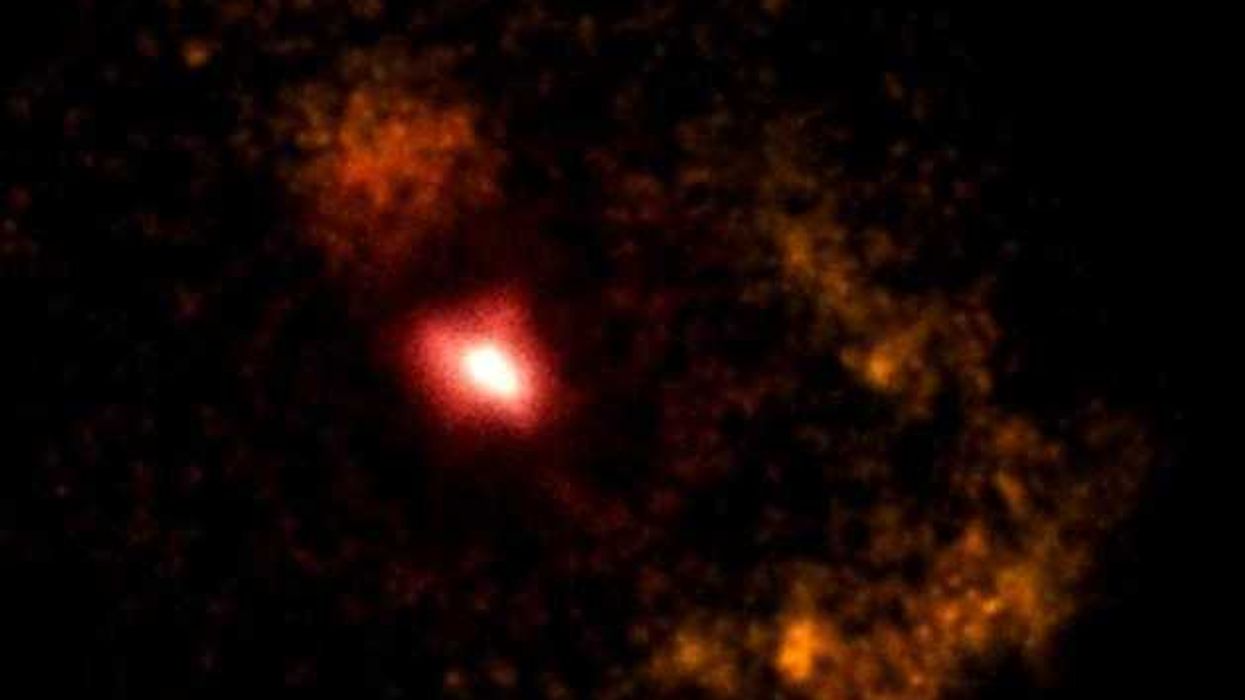 Image from a Pulsar star releasing gamma rays.NASA/CXC/SAO/
Image from a Pulsar star releasing gamma rays.NASA/CXC/SAO/ 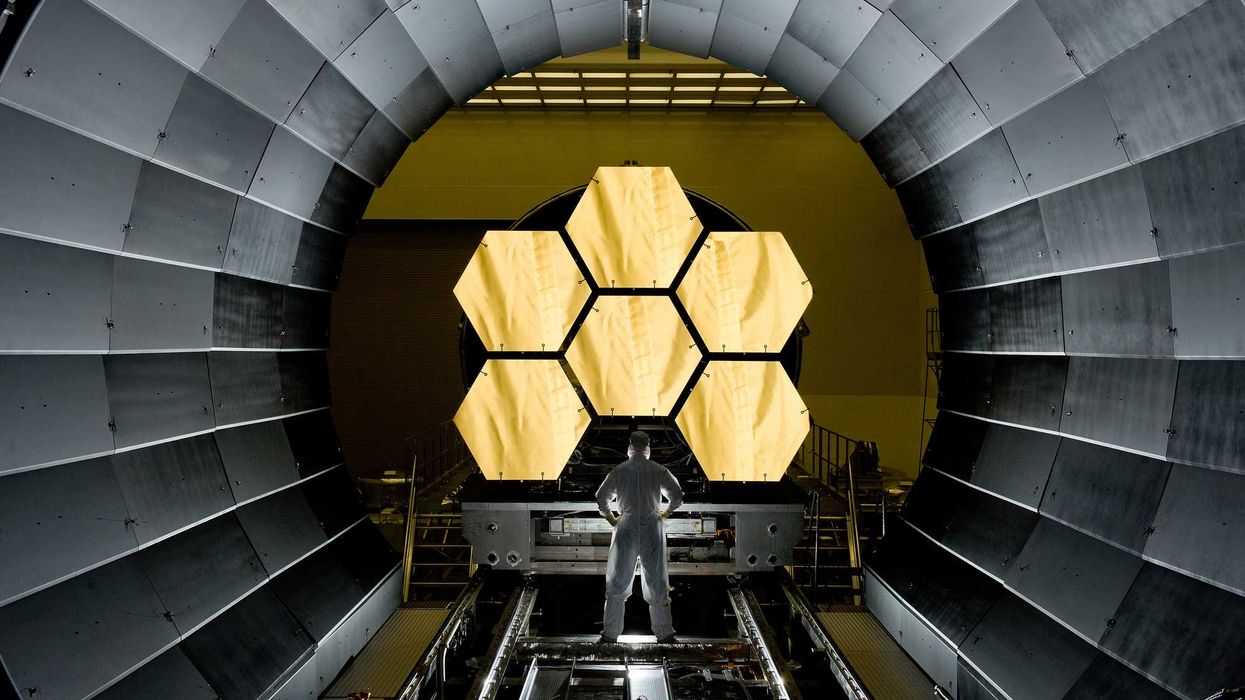 James Webb Space Telescope primary mirror.NASA/MSFC/David Higginbotham/
James Webb Space Telescope primary mirror.NASA/MSFC/David Higginbotham/ 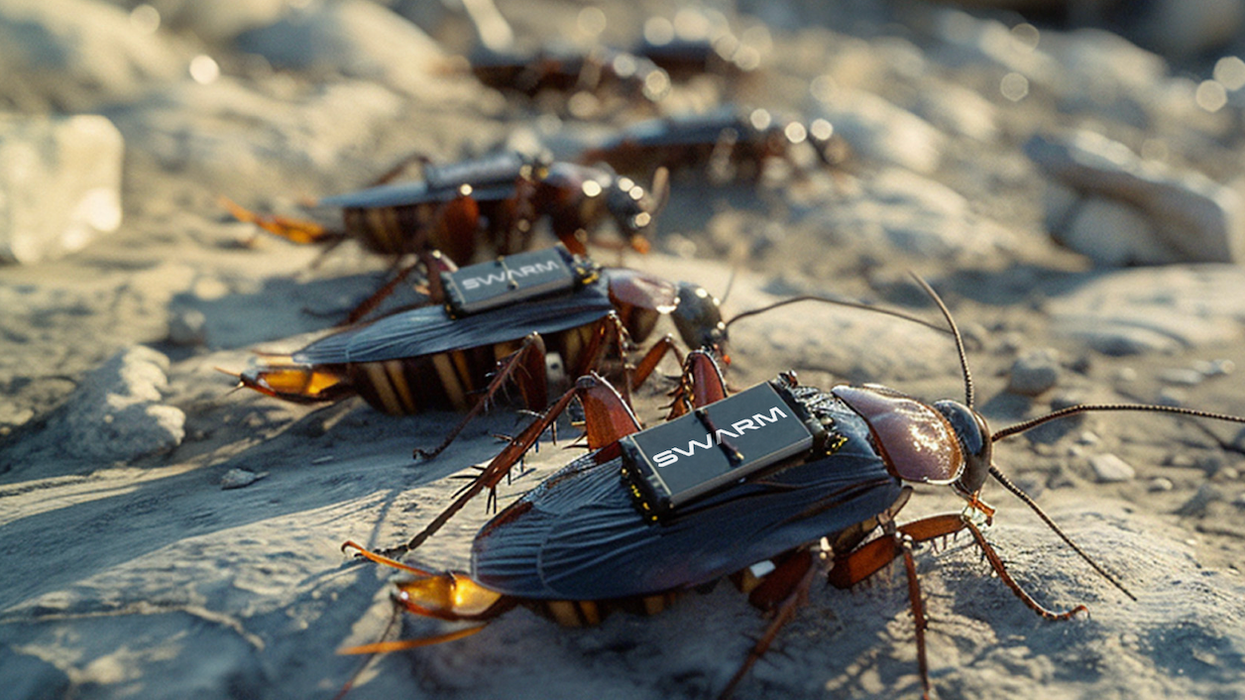


 A woman looks at post-it notes while thinking Canva
A woman looks at post-it notes while thinking Canva Two women on a couch are having a conversationCanva
Two women on a couch are having a conversationCanva A father and son sit on a porch talking Canva
A father and son sit on a porch talking Canva A woman paints on a canvasCanva
A woman paints on a canvasCanva A student high-fives with his teacherCanva
A student high-fives with his teacherCanva
 Cute dog looks off camera at someoneCanva
Cute dog looks off camera at someoneCanva

 A road near equatorial Atlantic OceanCanva
A road near equatorial Atlantic OceanCanva Waves crash against rocksCanva
Waves crash against rocksCanva
 Older woman drinking coffee and looking out the window.Photo credit:
Older woman drinking coffee and looking out the window.Photo credit:  An older woman meditates in a park.Photo credit:
An older woman meditates in a park.Photo credit:  Father and Daughter pose for a family picture.Photo credit:
Father and Daughter pose for a family picture.Photo credit:  Woman receives a vaccine shot.Photo credit:
Woman receives a vaccine shot.Photo credit: